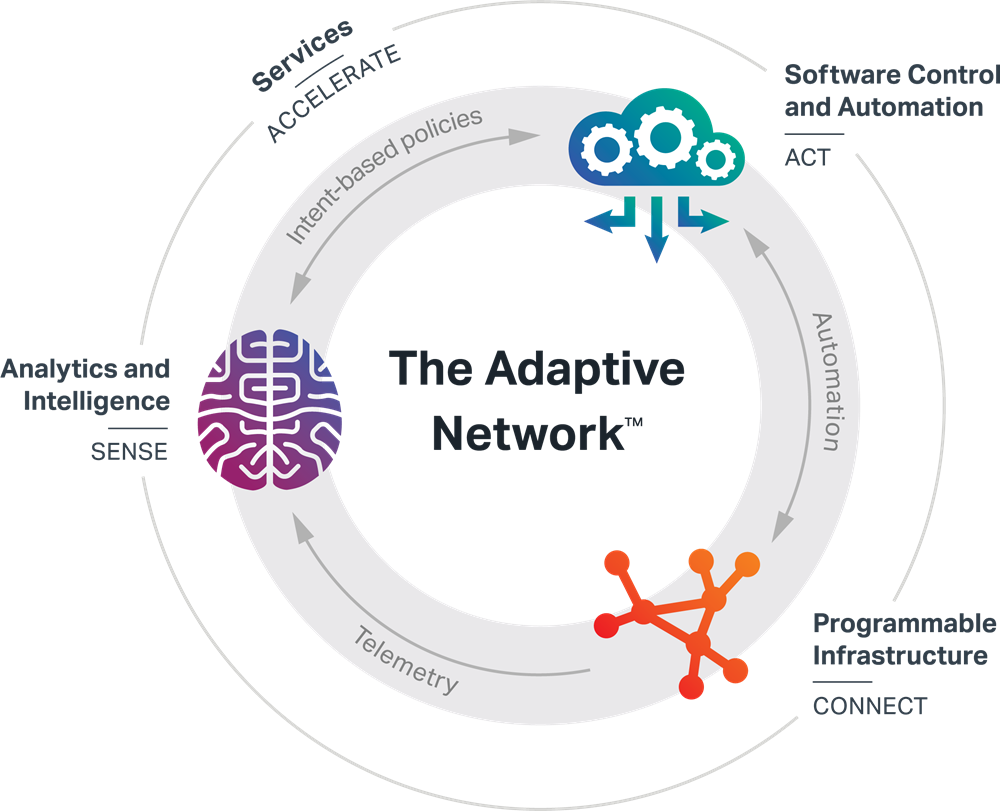Adaptive network Control: A Comprehensive Overview
Networked control systems (NCSs) have become increasingly prevalent in various domains, including industrial automation, robotics, and smart grids. These systems involve the transmission of information over communication networks, introducing challenges such as network-induced delays, packet dropouts, and quantization errors. To address these challenges, adaptive network control (ANC) has emerged as a powerful control strategy.
This article provides a comprehensive overview of ANC, covering its fundamental concepts, design methodologies, and applications.

NCSs face several unique challenges that distinguish them from traditional control systems:

ANC addresses the challenges of NCSs by incorporating adaptive mechanisms into the control design. Unlike traditional control methods that assume fixed network conditions, ANC algorithms can:
Several design methodologies have been developed for ANC, including:
Example: Model reference adaptive control (MRAC) can be extended to address network-induced delays and packet dropouts by incorporating delay estimation and compensation mechanisms.
Example: Reinforcement learning (RL) can be used to train agents that can learn optimal control policies for NCSs with uncertain network conditions.
Example: Fuzzy logic can be used to design adaptive controllers that can handle time-varying delays and packet dropouts by adjusting control parameters based on fuzzy membership functions.
Several key enabling technologies play a crucial role in the implementation of ANC:
ANC has found numerous applications in various domains, including:
7.1. Distributed Adaptive Control
Distributed ANC algorithms are becoming increasingly important for large-scale NCSs, where centralized control may not be feasible or desirable. These algorithms enable local decision-making and adaptation, improving scalability and robustness.
7.2. Event-Triggered Control
Event-triggered control strategies can reduce communication overhead in NCSs by only transmitting data when necessary, improving energy efficiency and reducing network congestion. Combining event-triggered control with ANC can further enhance the performance of NCSs.
7.3. Machine Learning-based ANC
Machine learning techniques, such as deep learning and reinforcement learning, offer promising avenues for developing advanced ANC algorithms. These techniques can learn complex relationships and adapt to dynamic environments more effectively than traditional methods.
7.4. Security Considerations
As NCSs become more interconnected, security concerns are becoming increasingly important. Developing secure ANC algorithms that are resilient to cyberattacks is crucial for ensuring the safety and reliability of critical infrastructure.
ANC has emerged as a critical technology for addressing the challenges of NCSs. By incorporating adaptive mechanisms into the control design, ANC algorithms can improve system performance, enhance robustness, and optimize resource utilization. With ongoing research and development, ANC is poised to play an increasingly important role in a wide range of applications, driving innovation and transforming various industries.
[1] K. J. Åström and B. Wittenmark, “Adaptive Control,” 3rd ed. Addison-Wesley, 1995.
[2] S. Boyd and L. Vandenberghe, “Convex Optimization,” Cambridge University Press, 2004.
[3] G. C. Goodwin and K. S. Sin, “Adaptive Filtering Prediction and Control,” Prentice-Hall, 1984.
[4] P. Ioannou and J. Sun, “Robust Adaptive Control,” Prentice-Hall, 1996.
[5] K. S. Narendra and A. M. Annaswamy, “Stable Adaptive Systems,” Prentice-Hall, 1989.
[6] M. Krstić, I. Kanellakopoulos, and P. V. Kokotović, “Nonlinear and Adaptive Control Design,” Wiley, 1995.
[7] T. Başar and P. Bernhard, “H-infinity Optimal Control and Related Minimax Design Problems: A Dynamic Game Approach,” Birkhäuser, 1995.
[8] H. K. Khalil, “Nonlinear Systems,” 3rd ed. Prentice-Hall, 2002.
[9] W. J. Rugh, “Linear System Theory,” 2nd ed. Prentice-Hall, 1996.
[10] S. Sastry, “Nonlinear Systems: Analysis, Stability, and Control,” Springer, 1999.
